Hello I need to get my ggplot with date format having this format in X axis:
 .
.
But my date format has time with it.
sentiment_bing1 <- tidy_trump_tweets %>%
inner_join(get_sentiments("bing")) %>%
count(word, created_at, sentiment) %>%
ungroup()
p <- sentiment_bing1 %>% filter(sentiment == "positive") %>% ggplot(aes(x=created_at, y = n)) +
geom_line(stat="identity", position = "identity", color = "Blue") + scale_x_date(date_breaks ='3 months', date_labels = '%b-%Y') + stat_smooth() + theme_gdocs() +
xlab("Date") + ylab("Normalized Frequency of Positive Words in Trup's Tweets")
1 abound 11/30/17 13:05 positive 0.0
2 abuse 1/11/18 12:33 negative 0.0
3 abuse 10/27/17 1:18 negative 0.0
4 abuse 2/18/18 17:10 negative 0.0
This is what I have done to get the result. Now how do I achieve it like the picture? Conversion to date doesn't help as there are instances where the tweet takes place on same day but different time and that then messes the graph.
